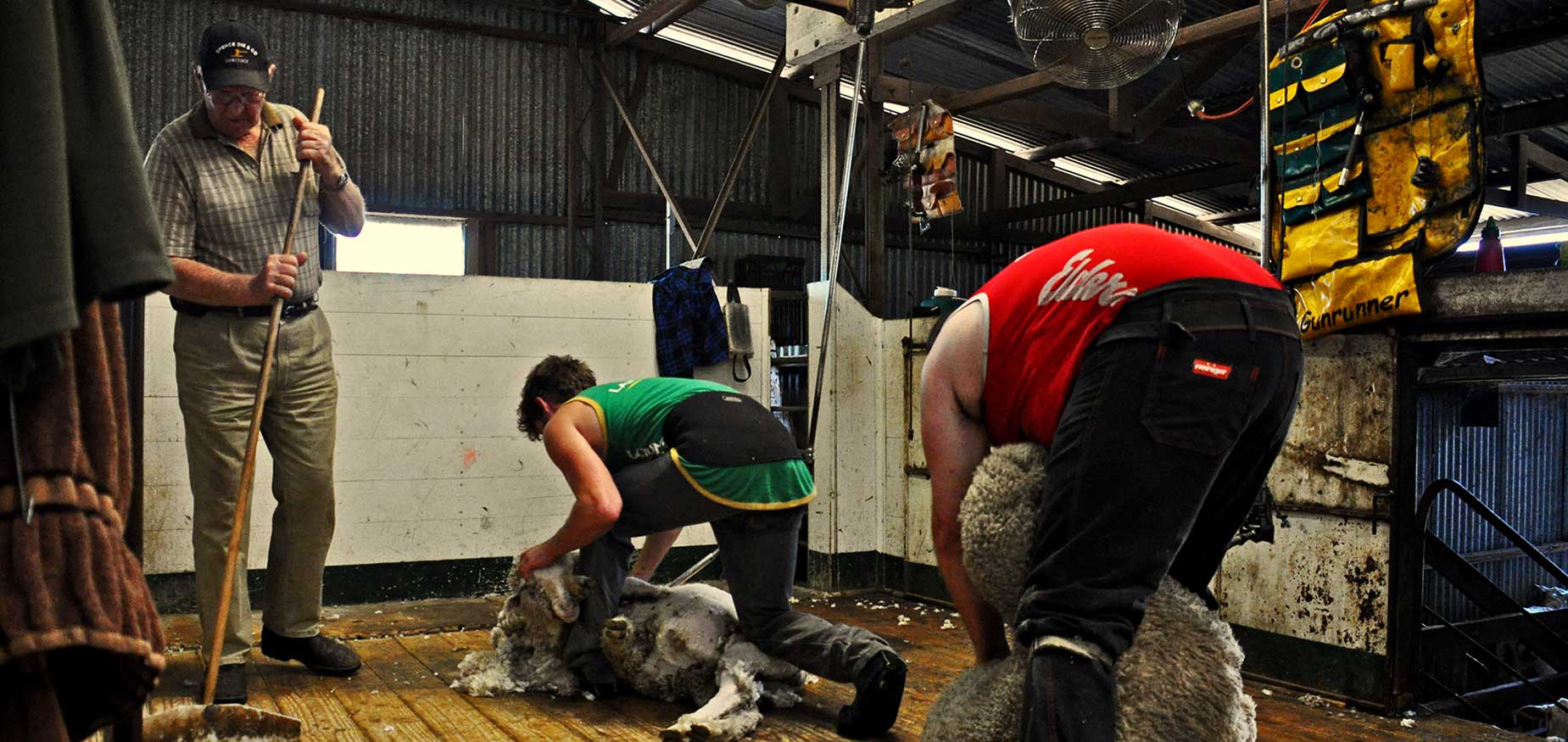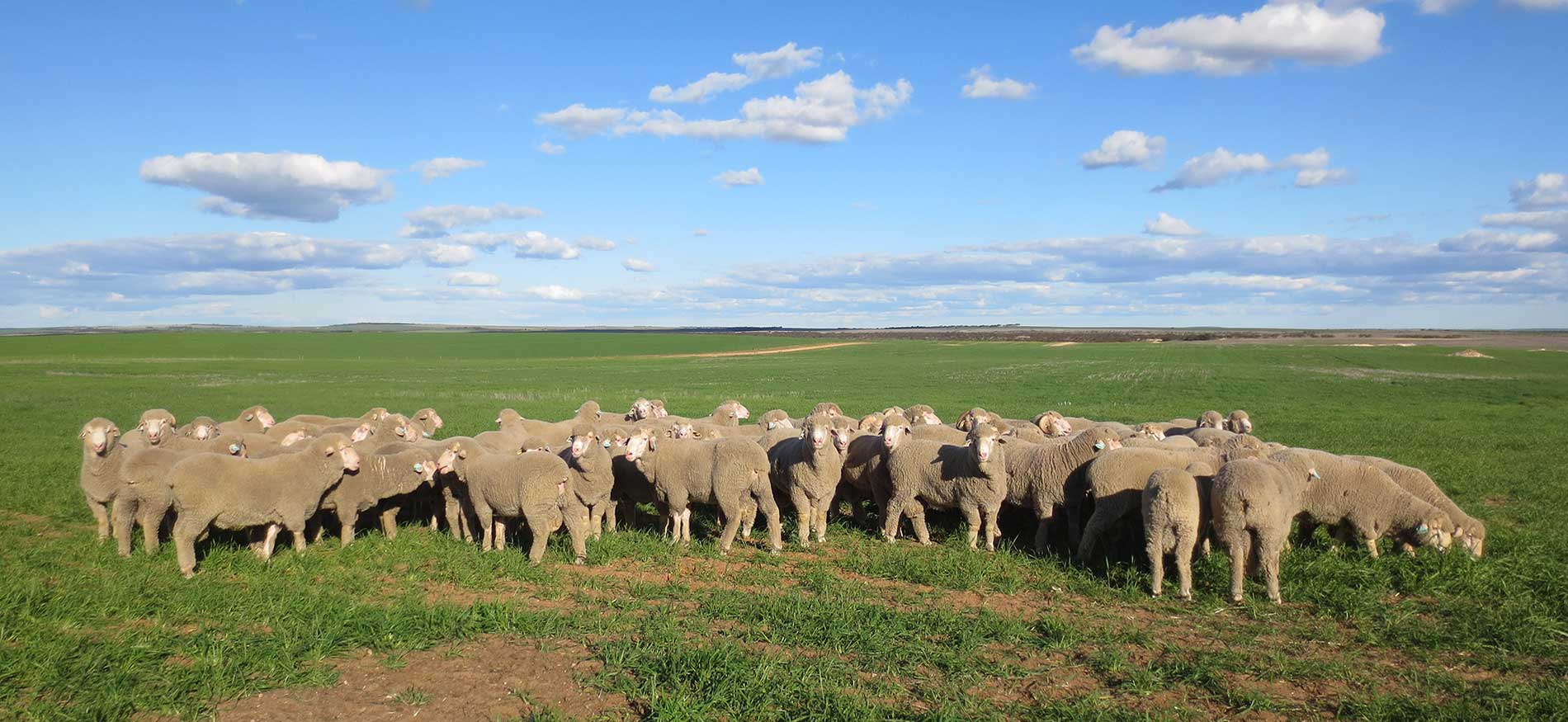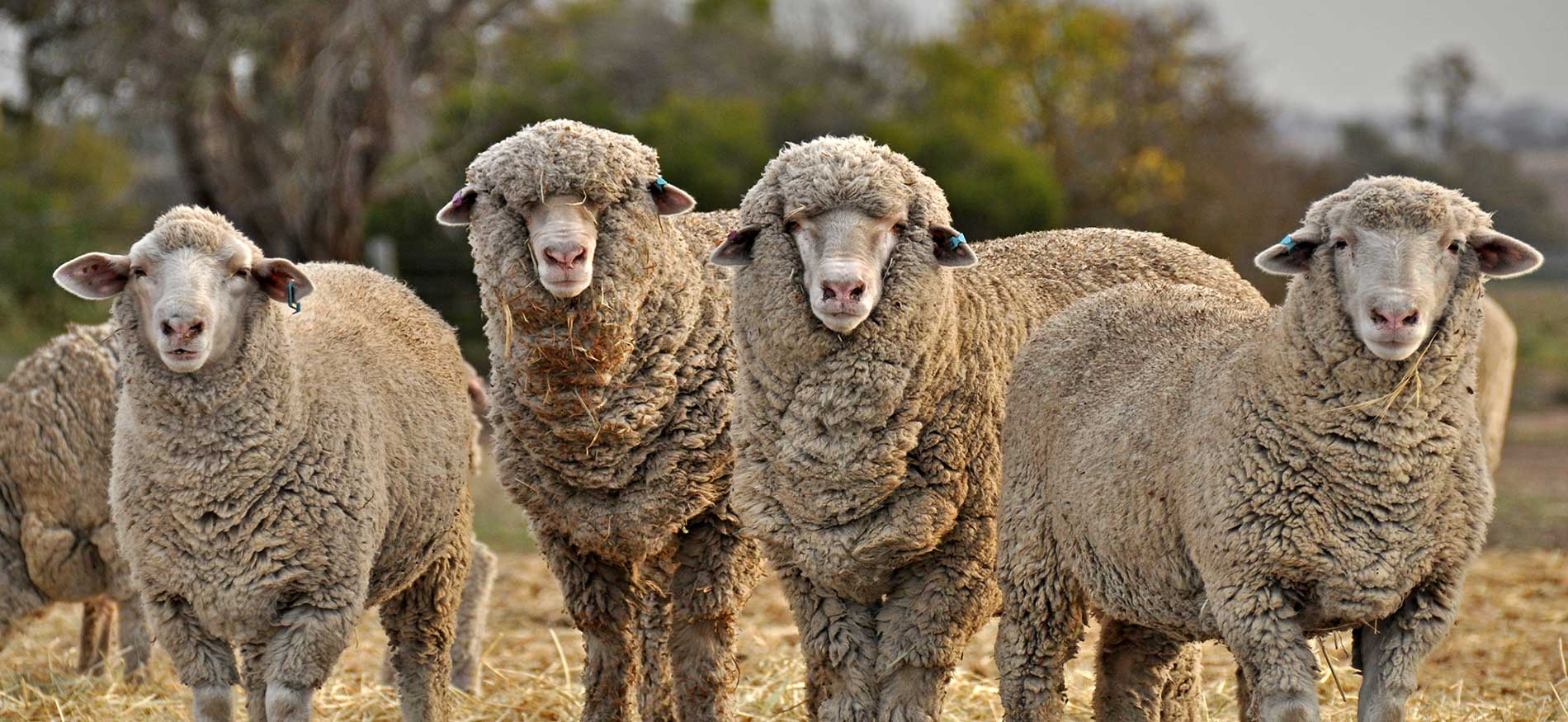Stock Journal Feature - February 2025
Author: Deb Scammell, Talking Livestock
Following the difficult season experienced by many producers in 2024, unfortunately, we still have a long way to go in maintaining ewes over joining and lambing.
Paddock feed is starting to run out with dry pasture quantity becoming depleted in most areas. Stubbles unfortunately have not provided the usual feed reserves producers are accustomed to. Grain amounts were minimal, and stubble and leaf quantity is low in most areas due to lower than average crop heights and yields.
Before we talk about effectively feeding ewes for the coming months, it’s worth thinking about ‘who’ in the flock is worth feeding. This is the perfect time to look at culling any poor performers or ewes which aren’t fit to join or carry a lamb. For any spring lambers you can go through the ‘fit to join’ process which is a series of checks to work out which ewes are the best to cull pre-joining. Even if ewes have been recently joined, you can cull any ewes that aren’t worth the cost to keep feeding through (i.e. conformation, age, udder deformities, previous mastitis issues etc and any eID reproduction data if available). We’re still looking at potentially 4 + months to get ewes through to the next lot of green feed so it’s worth looking at ewes as individuals and sorting out who are the best performers in your flock.
When looking at feeding ewes it’s worth considering minimum feed on offer targets and ground cover targets to determine if ewes are going to be better fed in a containment area or sacrifice paddock. This can enable you to look after the paddocks over the rest of your farm. Feeding stock can also be easier and less time consuming when stock are locked up as they are all in one area. They also walk off less energy than when they are in larger paddocks.
As most ewes are currently joined, it’s crucial to meet minimum protein and energy requirements over the next few months so you can maintain condition score of breeding stock.
Whether ewes are locked up, in sacrifice paddocks or still grazing dry feed, they are likely to need some supplement over the next few months as they get further into pregnancy. If you still have some dry pasture you can top up energy requirements using cereal grains like barley, oats or wheat (being careful with starch introduction). You can also use full feed pellets to meet requirements. If ewes are locked up, it’s important to include fibre in their diet as ruminants require fibre for effective rumen function. Fibre in a ration is measured as NDF (Neutral Detergent Fibre) which is the digestible fibre, as a minimum a ewe should have at least 30% NDF in the overall ration.
As the new season’s cereal hay in most cases is so low in fibre, ewes are going to be able to consume a huge amount, often more than they require. You may need to ration out 2024 hay to make sure they are not overconsuming energy but still getting daily fibre requirements.
If you can access straw, even at higher dollar value this year, straw and barley is still the most economical and easiest way to feed ewes in early pregnancy. If ewes are locked up, it is critical to formulate rations that meet daily energy requirements. Ewes must also be condition scored regularly and if possible ‘skinnies’ separated off and fed separately as there is a large variance in condition score in most mobs this year after a tough season. Scanning for singles and multiples also allows accurate nutrition to be provided to ewes more effectively.





